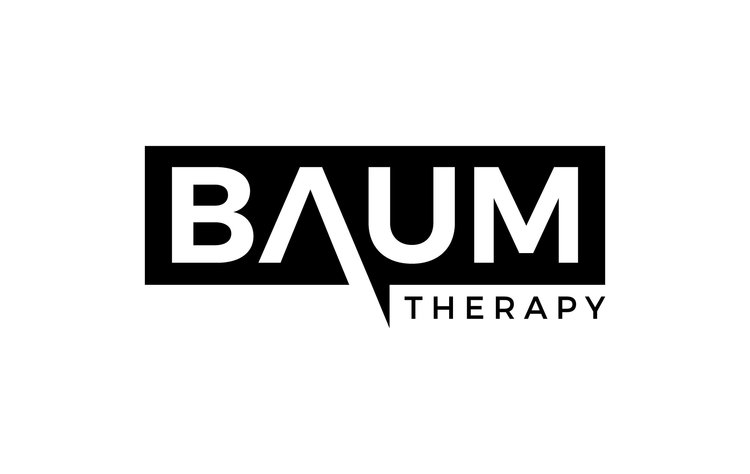Infrared saunas have become increasingly popular in recent years, and for good reason. They offer a wide range of benefits that can improve both your physical and mental well-being. Infrared saunas work by using infrared radiation to heat the body directly, which can provide a variety of health benefits.
Here are some of the key benefits of using an infrared sauna:
Detoxification
One of the main benefits of using an infrared sauna is that it can help with detoxification. Sweating is a natural way for the body to eliminate toxins, and an infrared sauna can help to increase sweat production. This increased sweating can help to flush out toxins from the body, which can improve overall health.
Pain Relief
Infrared saunas have been shown to be effective at relieving pain. The heat from the sauna can help to increase circulation and reduce inflammation, which can help to alleviate pain in the body. This can be especially helpful for those who suffer from chronic pain conditions such as arthritis.
Improved Cardiovascular Health
Infrared saunas have also been shown to improve cardiovascular health. The heat from the sauna can help to increase blood flow and improve circulation, which can help to lower blood pressure and reduce the risk of heart disease.
Stress Reduction
Using an infrared sauna can also help to reduce stress levels. The heat from the sauna can help to relax the muscles and increase feelings of relaxation and calmness. This can be especially helpful for those who suffer from anxiety or stress-related conditions.
Improved Skin Health
The heat from an infrared sauna can also help to improve skin health. The increased blood flow and sweating can help to remove impurities from the skin, which can lead to a clearer, brighter complexion. Additionally, the heat can help to stimulate collagen production, which can reduce the appearance of fine lines and wrinkles.
Weight Loss
Using an infrared sauna can also help with weight loss. The heat from the sauna can increase metabolism, which can help to burn calories and promote weight loss. Additionally, the sweating can help to eliminate excess water weight, which can also contribute to weight loss.
Improved Immune Function
Using an infrared sauna can also help to boost immune function. The heat from the sauna can help to increase circulation, which can help to distribute white blood cells throughout the body. This can help to improve the body's ability to fight off infections and illnesses.
Improved Sleep
Using an infrared sauna can also help to improve sleep quality. The relaxation and stress reduction benefits of the sauna can help to promote better sleep. Additionally, the heat can help to relax the muscles and reduce tension, which can help to promote deeper, more restful sleep.
Increased Energy
Using an infrared sauna can also help to increase energy levels. The increased circulation and oxygenation of the body can help to increase energy and reduce fatigue. Additionally, the relaxation and stress reduction benefits of the sauna can also help to improve overall energy levels.
Improved Mental Clarity
Finally, using an infrared sauna can also help to improve mental clarity. The relaxation and stress reduction benefits of the sauna can help to reduce brain fog and improve focus and concentration. Additionally, the increased circulation and oxygenation of the body can also help to improve mental clarity.
Overall, infrared saunas offer a wide range of benefits that can improve both your physical and mental well-being. Whether you're looking to detoxify your body, reduce pain, improve cardiovascular health, reduce stress levels, or improve your overall health and well-being, an infrared sauna is definitely worth considering. Just be sure to talk to your healthcare provider before using an infrared sauna if you have any health concerns or medical conditions.
